Buying things for a child is quite a difficult task. Not all parents want to drag their child around the shops and worry him. That is why many modern mothers sew children's things themselves. This will help save not only time, but also money. This article tells about how to make a pattern for a jumpsuit for a newborn and what materials are needed for this.
Selecting materials for overalls
It is necessary to choose the fabric for work based on the season. If the product will be worn in winter, it is better to choose the material capiton, velour or fleece. As a filler, you can use synthetic padding.

These materials are quite pleasant to the touch and have a natural composition. The baby will be comfortable in such a jumpsuit on a walk.
Attention! For a lightweight product for spring-autumn, it is recommended to use natural cotton with elastane, chintz, linen. Such a jumpsuit does not restrict movement and stretches well.
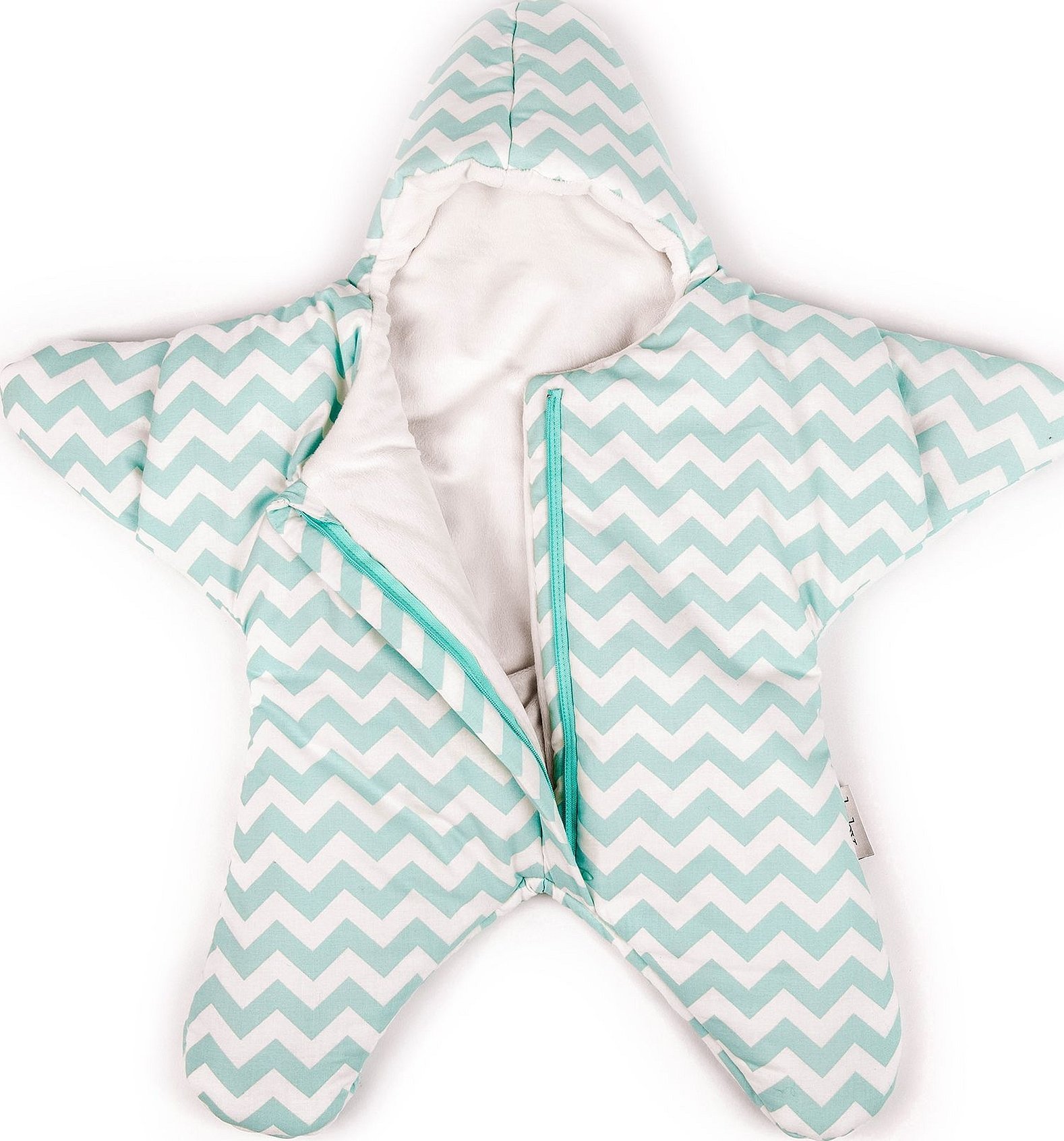
For the hood, you need to buy an elastic band with a fastener, it will close at the child's face and will not be blown through. It is better to take a large zipper, as it will be more practical. It is undesirable to use pure wool and put it on the child's body, as it pricks and causes irritation even in adults. Under warm sleepsuits, you should always wear a T-shirt or a vest. Even in summer weather, it is not recommended to wear such things in the house, as the skin should breathe, it is better to get by with rompers and a T-shirt. The materials for work must be of high quality, even if the price is high, it concerns a baby. Everything you need, as well as filler, can be purchased in large textile stores. It is advisable not to buy fabrics at the market or from hands, as they can be made with the addition of bad raw materials.
Measurements for the pattern
To make a pattern for sewing a jumpsuit, you need to measure the baby's height, adding a couple of cm, since the baby grows quite quickly in the first year of life.
If a child is 52 cm tall, then in a couple of months he will grow by an average of 10 cm.
Therefore, to ensure that the overalls are long enough for a child from 0 to 4 months to last through the winter, it is advisable to take a height of 62 cm as a basis. For older children, an additional 5 cm is added.
For an insulated product, measurements should be taken in the same way, but leaving space for fillers and lining. According to measurements, you can not only sew, but also knit a baby sleepsuit. Measurements should be taken with a measuring tape or a thick elastic thread. There is no need to squeeze the body.

Preparing a pattern on paper
Preparing a sketch of the future product with a hood is done in several steps:
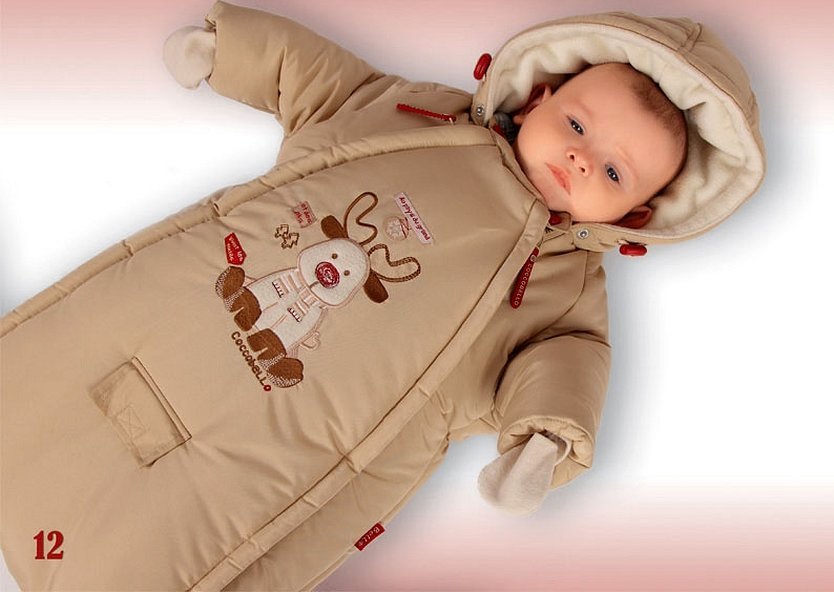
- On paper, you need to draw the front and back of the clothing items;
- On one side of the sketch there will be a future fold in the fabric, and on the other you need to draw the armhole;
- Now, along the fold line, measure down 51 cm for the front and 54 cm for the back, this will be a bag for the child’s legs;
- For the sleeve template, you need to indicate the width at the wrist of about 22 cm. Then, from the place where the sleeve is cut, you need to go down 10 cm and draw a straight line, making an indent of 15 cm from the fold - this is the widest side of the sleeve;
- Next, on the other side of the bend, you need to go down 15 cm and mark 19 cm down. The top point must coincide with the point where the sleeve connects to the armhole;
- Now mark the neckline point of the back and front of the jumpsuit according to the pattern;
- For the hood template, take another sheet of paper. Draw a rectangle on it with a height of 24 cm and a width of 15 cm and a central part measuring 15x54;
- You need to cut 4 cm inward along the side, and lower it by 6 cm along the front cut and connect with a straight line;
- To ensure that the hood sketch fits well with the other patterns, you need to match the neckline and the bottom of the garment.
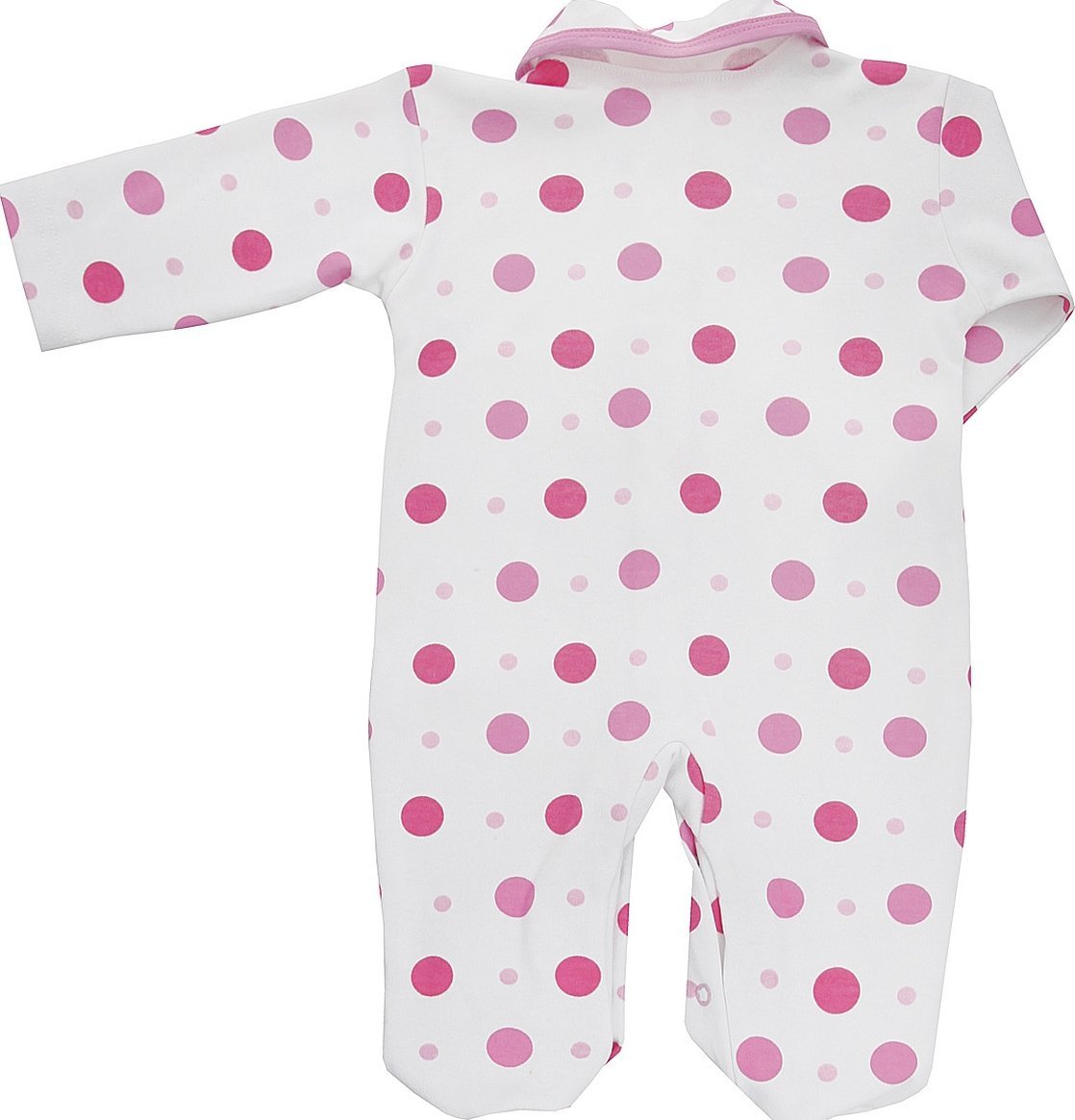
Cutting materials for overalls
Step-by-step cutting work:
- Spread the selected material on a flat surface. Do not place the sketch on a sofa or knees, otherwise all the lines will shift;
- Carefully lay out all the fabric on a sheet of paper. If there is not enough material, it is advisable to save it by making the belt of the product from pieces of fabric sewn together; it is recommended to sew the pockets and hood from large scraps;
- To prevent the fabric from sliding around on the table, place something heavy on its edges;
- To outline the details, you can use soap or a fabric marker;
- If the fabric is white, then carbon paper is used for transfer;
- For cambric, it is advisable to transfer the sketch to the canvas in a different way. You need to apply the drawing to the canvas and baste the edges of the detail using a stitch.
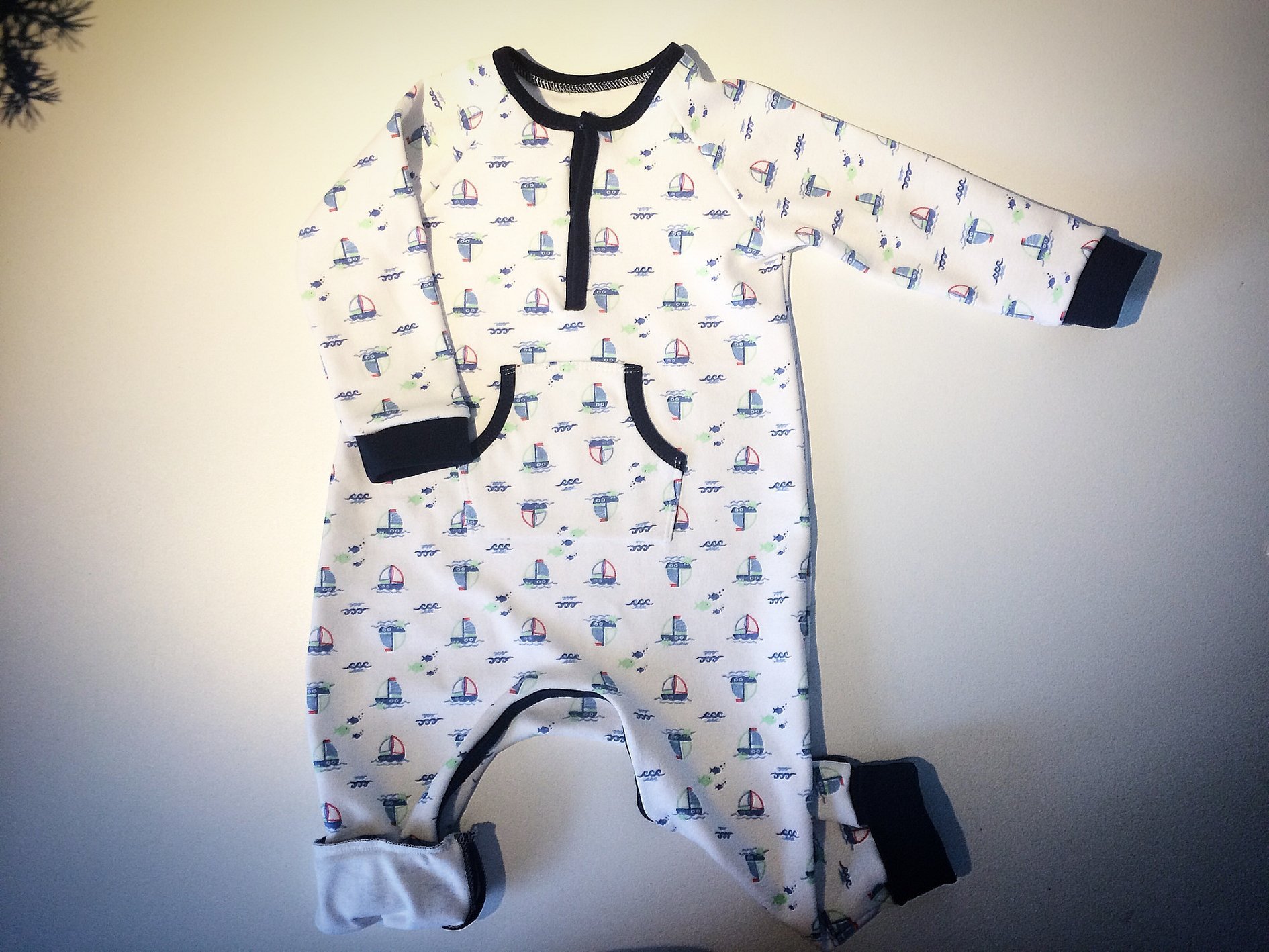
Sewing technique on a sewing machine
It is recommended to use a sewing machine for work. Since it is necessary to sew a winter version of the product, then two parts of the main material and lining with filler are obtained.
The sewing process:
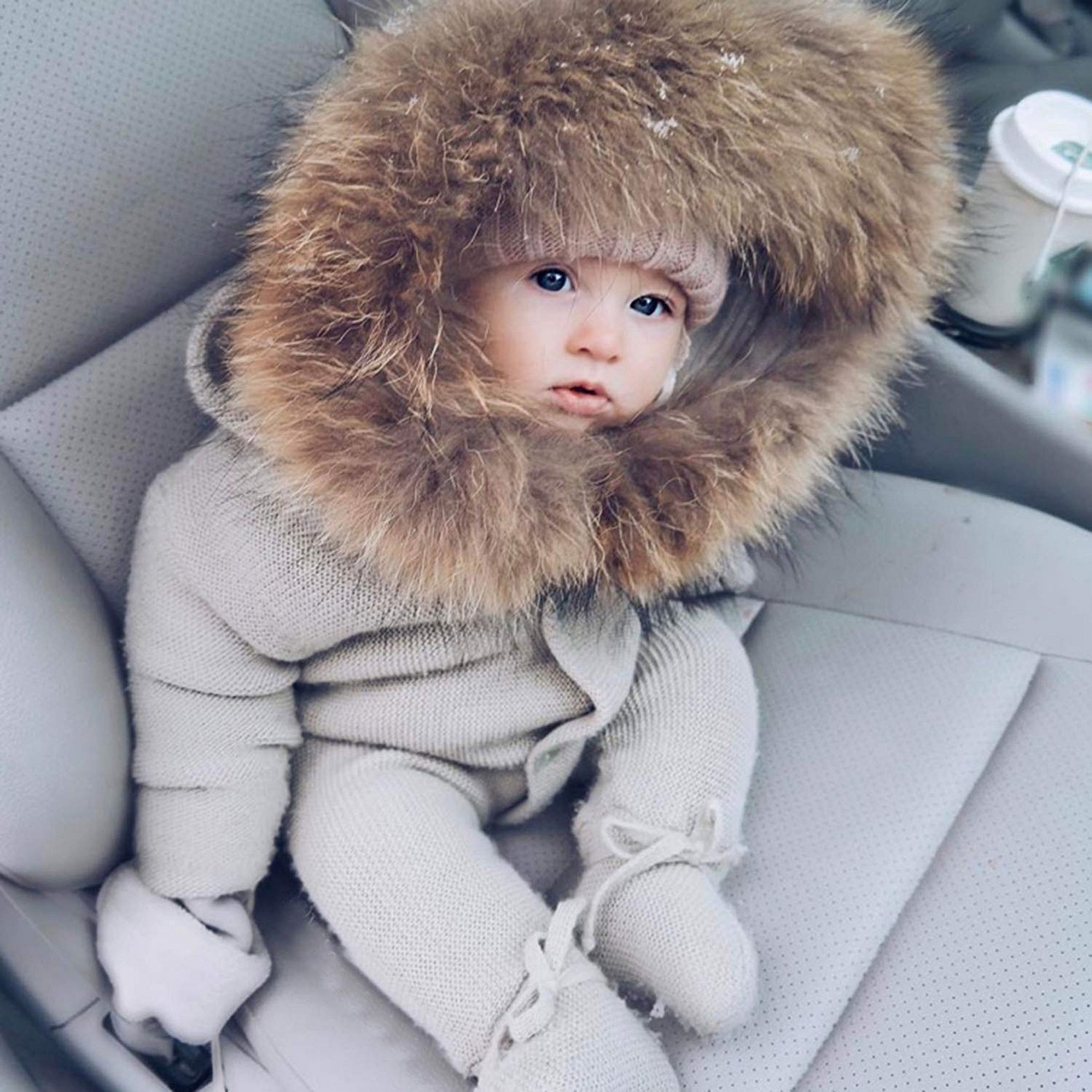
- Sweep the synthetic fluff and lining material by hand, you will get two layers, this is necessary so that the fabric does not shift while working;
- All excess synthetic fluff should be carefully cut off with scissors or a roller;
- Sew strips of fleece material to the front side where the overalls zipper will be sewn. You also need to baste the fleece to the edges of the sides of the front part of the product from the back side;
- Sew the sides of the front of the product to the center, but slightly below the zipper;
- Now you need to make the back of the overalls. Sew all the elements and baste them to the front side, except for the sides, because they need to be sewn together with the sleeves of the product;
- Sew the sleeves to the back and front of the jumpsuit, be sure to carefully sew the side seams;
- Sew the lining material and the bulk of the hood together;
- Connect the sewn hood and the front part of the jumpsuit and stitch, carefully insert the zipper in the central part of the product and stitch it.
Some needlewomen prefer knitting needles to sewing machines. Knitted sleepsuits are more suitable for summer or spring, when it is already hot outside. It is very pleasant for a baby to be in them, air circulates inside, and the child does not sweat.
Finishing of the product
Step-by-step work on decoration:

- Sew a drawstring onto the sleeves and legs of the garment and insert elastic;
- You can also make a Velcro tape in different places of the product for comfort. It is best to sew two tapes on the top side and two on the bottom on the sleeves and trousers to secure the product well on the arms and legs of the child;
- For the hood, you can make a border of fur or plush, or make a raglan on top;
- Some mothers decorate the product with beads, rhinestones or embroidery. You can sew some animals or flowers on the front part, it all depends on your imagination.
Attention! It is important to remember that caring for such items is very labor-intensive. It is not advisable to machine wash overalls at high speeds.
Only liquid or baby powders should be used. Squeezing is strictly prohibited, as the filler inside may curl up.
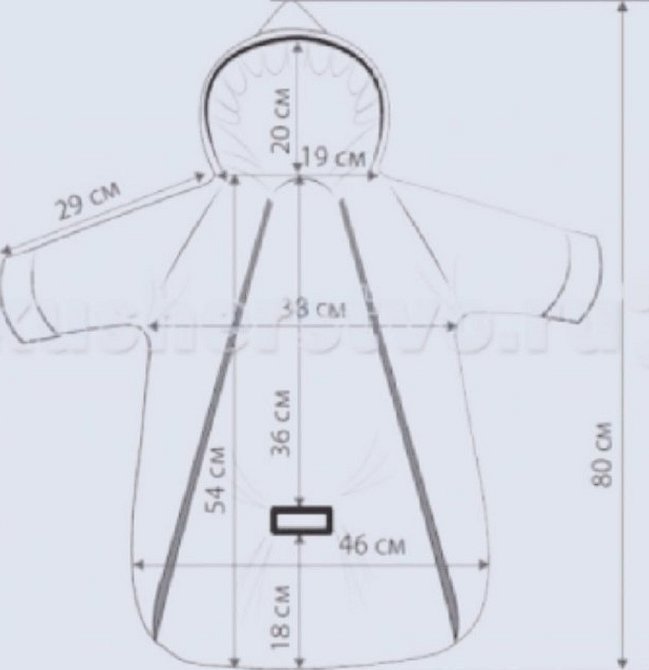
It is advisable to wash by hand, and if the product is not very dirty, you can simply wipe it with soapy water and a microfiber cloth. You need to give the envelope time for excess water to drain off and only then lay it out to dry. This is done in a horizontal position so as not to stretch the jumpsuit. These rules apply to winter models. Thin knitted onesies are allowed to be washed and wrung out in the machine, but it is advisable not to use powders that contain chlorine or bleach, as this can irritate the baby's skin. It is recommended to wash children's clothes separately from adults and store them in a chest of drawers or cabinet. Because adult clothes collect much more dust, which can be absorbed into onesies and underwear sets.

In conclusion, it should be noted that making a jumpsuit with your own hands is not as difficult as it seems. It is necessary to correctly take measurements from the newborn and make a pattern. In various master classes from Burda there are many patterns for overalls. So even a novice craftswoman can handle sewing.




